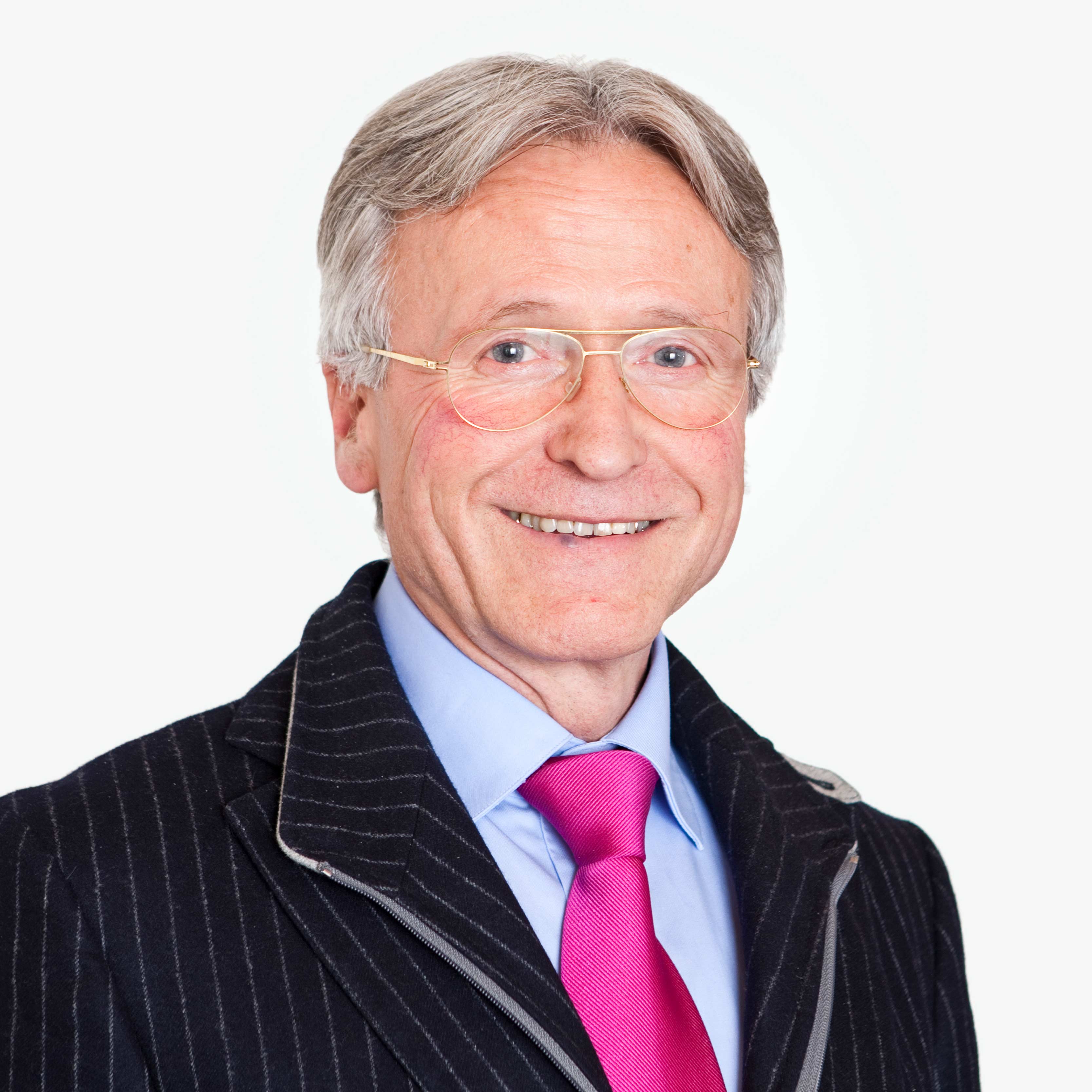You initiated the resource trialogue. What motivated you to do this?
Thirty years ago, SENS was the first organisation to implement manufacturer responsibility (for manufacturers, importers and retailers), ensuring that products that have become waste are disposed of in the best possible way and that they can be reintroduced into the cycle in compliance with the relevant environmental regulations.
The methodology of the “Energy Trialogue”, in which Aargau played a leading role, inspired me to start a similar process for waste resources. The term circular economy is on everyone’s lips. What we need to do is bring the key players together: the manufacturers and importers, the retailers, the federal and cantonal authorities and the entire recycling sector, including the NGOs. Swiss Recycling and the VBSA were on board. When the Director of Construction of the Canton of Aargau, Stephan Attiger, agreed to host and chair the trialogue, that marked the start of the project.
Eleven stakeholders from the political and business spheres and from authorities and society in general are involved in the resource trialogue, all with different needs and expectations. What did working together look like and what were the challenges?
Expectations were high, and the challenges were correspondingly great. Because we used the trialogue methodology, according to which the aim is always to understand the statements of all others and accept them, even if you cannot agree, and because we used a good mix of workshops in smaller groups and plenary sessions, it was always possible to reach a consensus between all participants at each stage. External moderation was also a key factor in the trialogue’s success. In the end, the highlight of the experience for all those involved was the fact that they were able to reach a consensus again and again, right up to the end.
They participants talk about responsibility and the fact that business and society act of their own free will. Why do you think this approach will be more successful than a governmental solution?
Today, in Europe and around the world, it is acknowledged that producer responsibility is the cornerstone of any circular economy. With SENS, Switzerland was the first country to implement this principle – and it did so voluntarily. The reason the concept works so well is that it is based on a natural law: “I reap what I sow.” No one is in a better position to ensure that components, secondary raw materials or energy can be recovered from the product they put on the market than the business providing it. They are responsible. Whether they actually perform the process themselves or contract others to do it for them is irrelevant. However, the consumer also has to take responsibility. Consumer responsibility is the counterpart to producer responsibility. If the consumer is in a position to be able to buy complex products such as an IT system or other electronic appliances, they are also in a position to be able to bring those items to the right place for recycling at the end of their life cycle. Logically, they should also be aware that they not only have to pay for the consumption of the product, but also for its recycling.
Governmental solutions relieve the economy of its responsibility, reducing that responsibility to financing. This is not an option because we cannot speak of a circular economy in Switzerland if we undermine the most important basis for that economy, namely producer responsibility.
